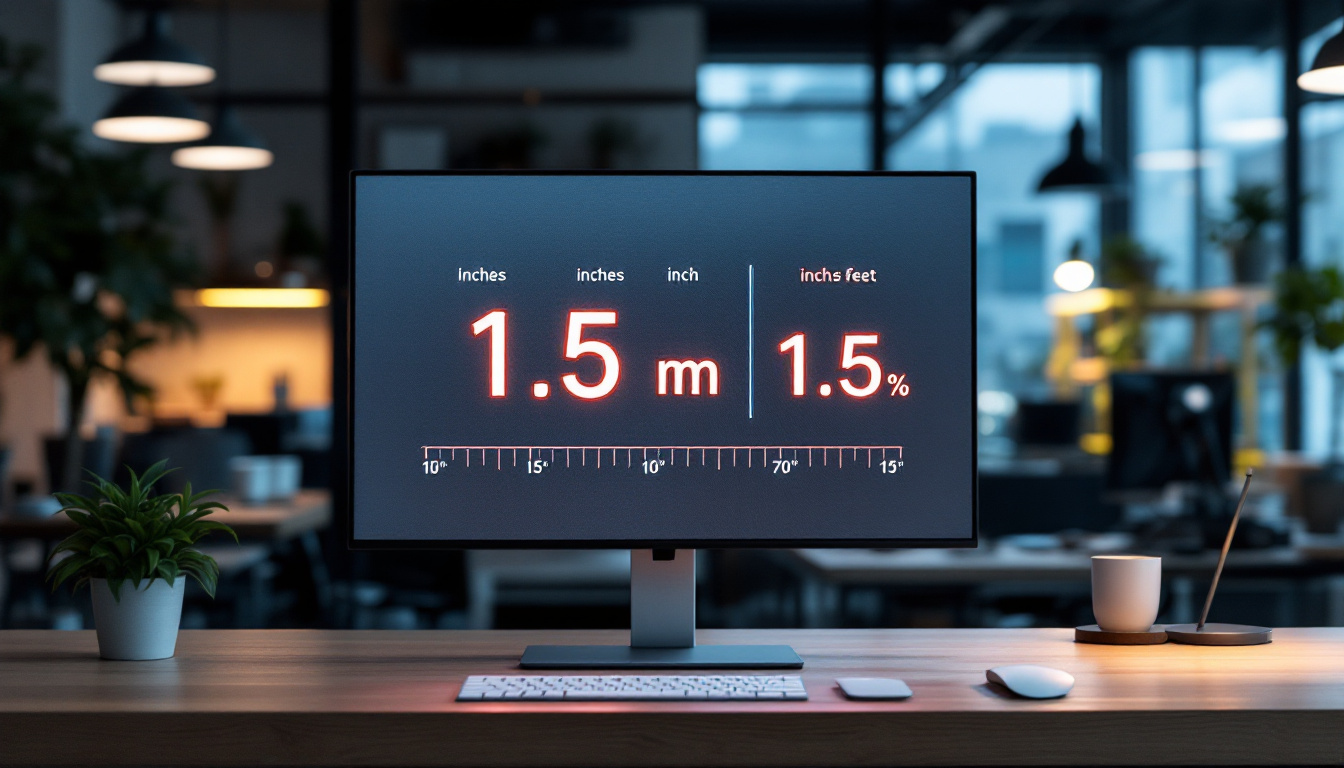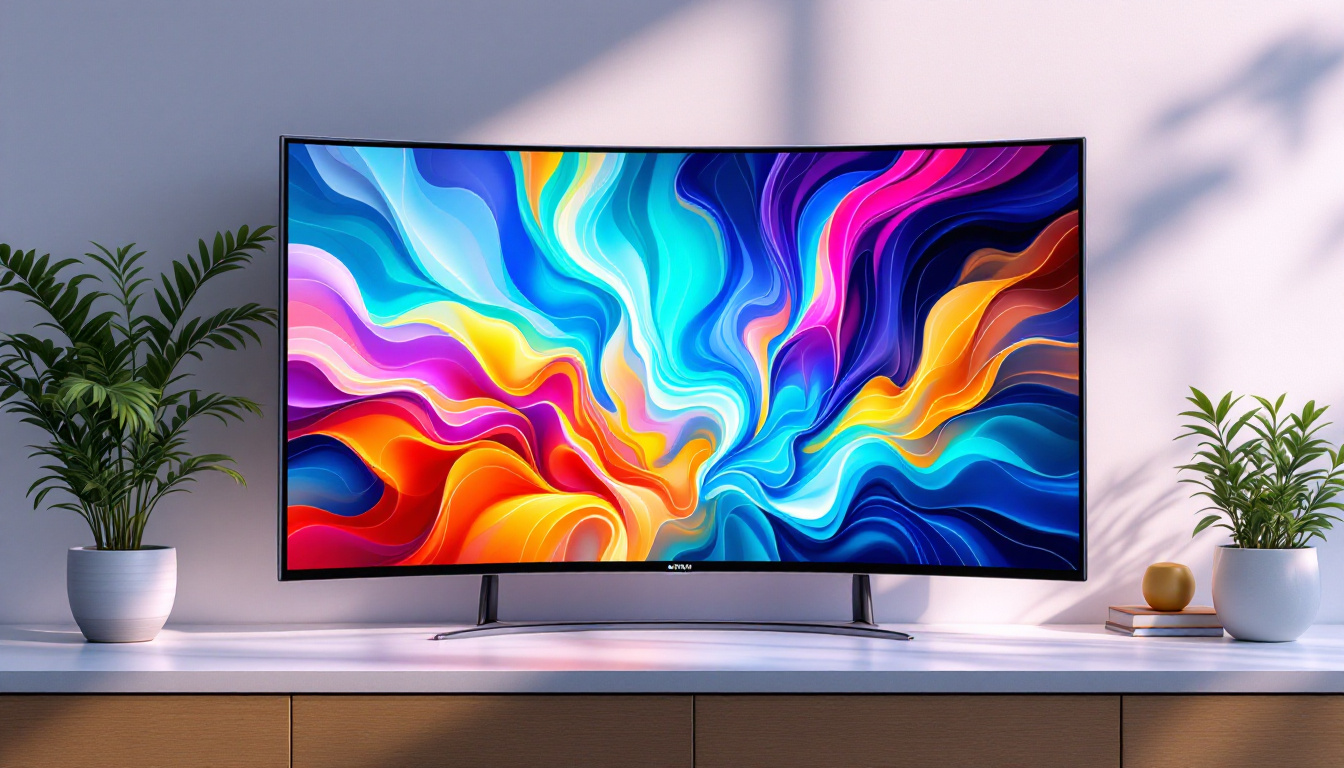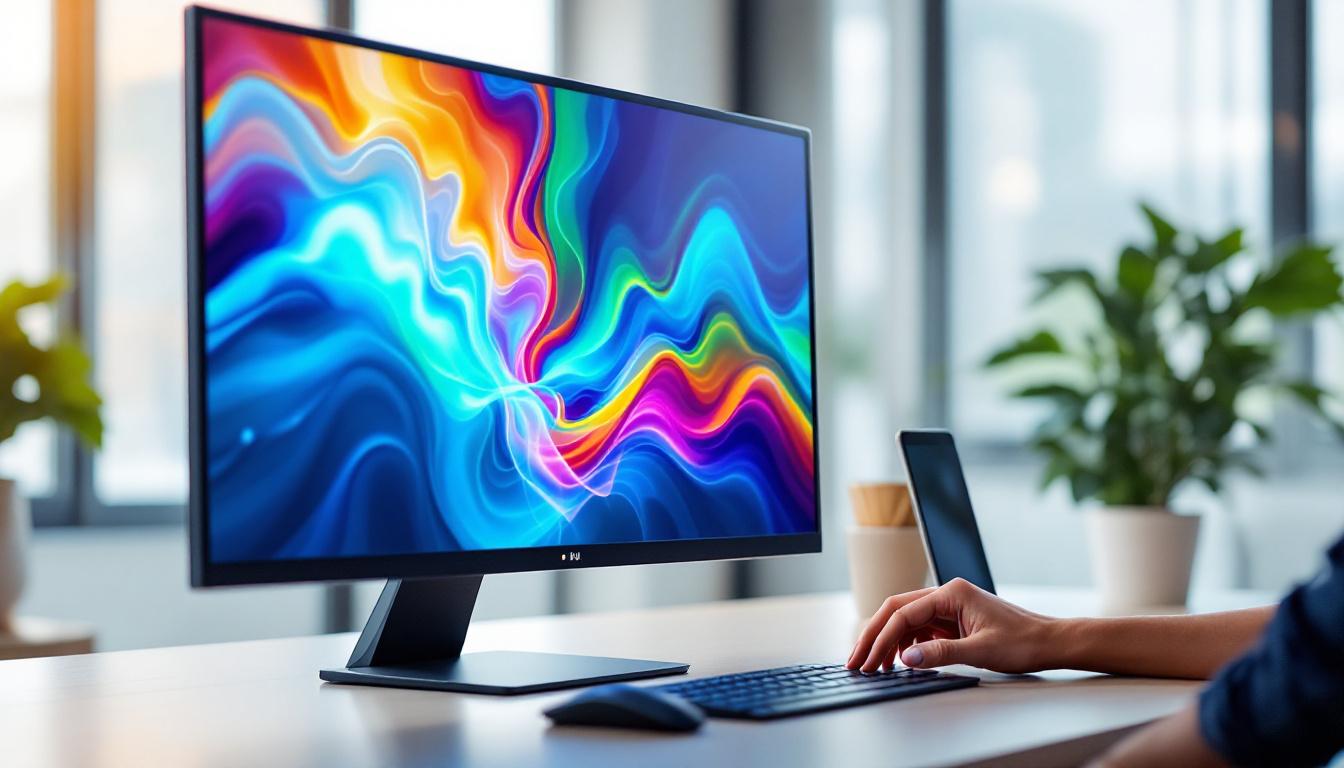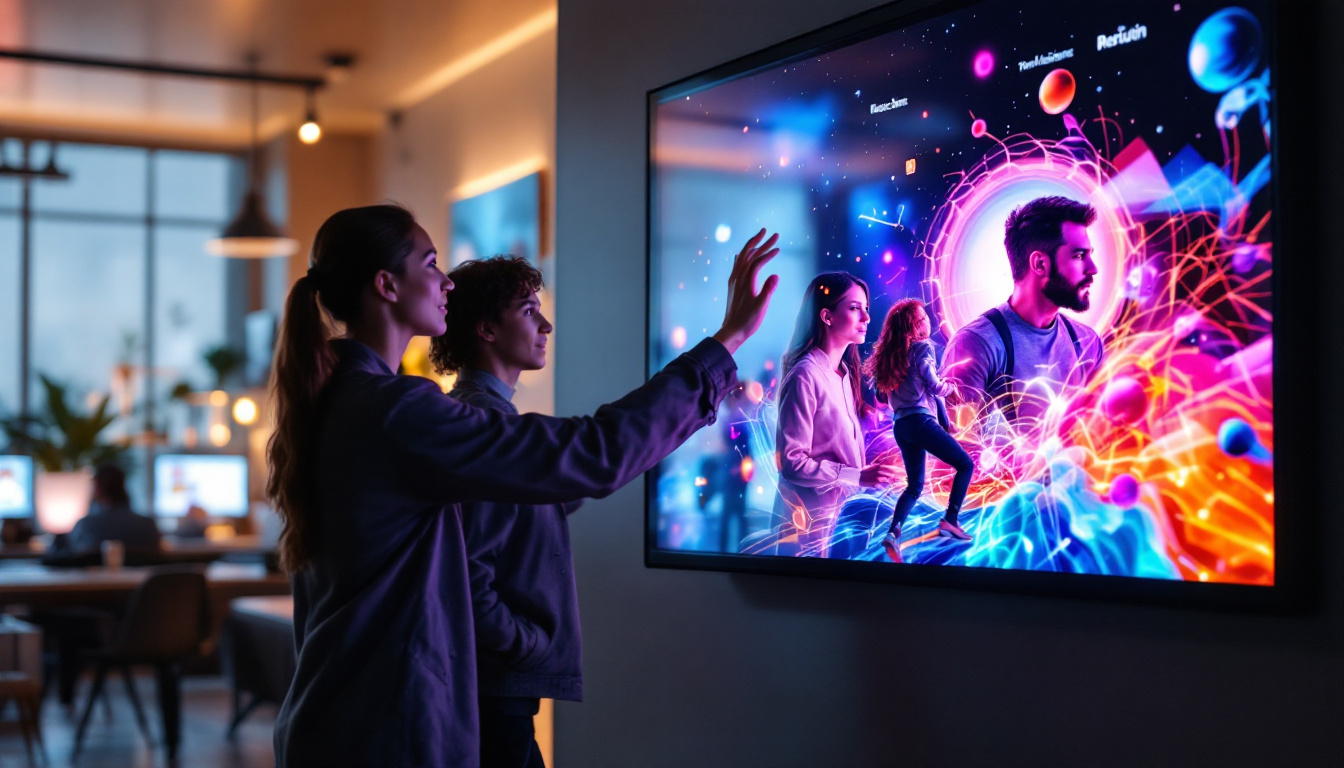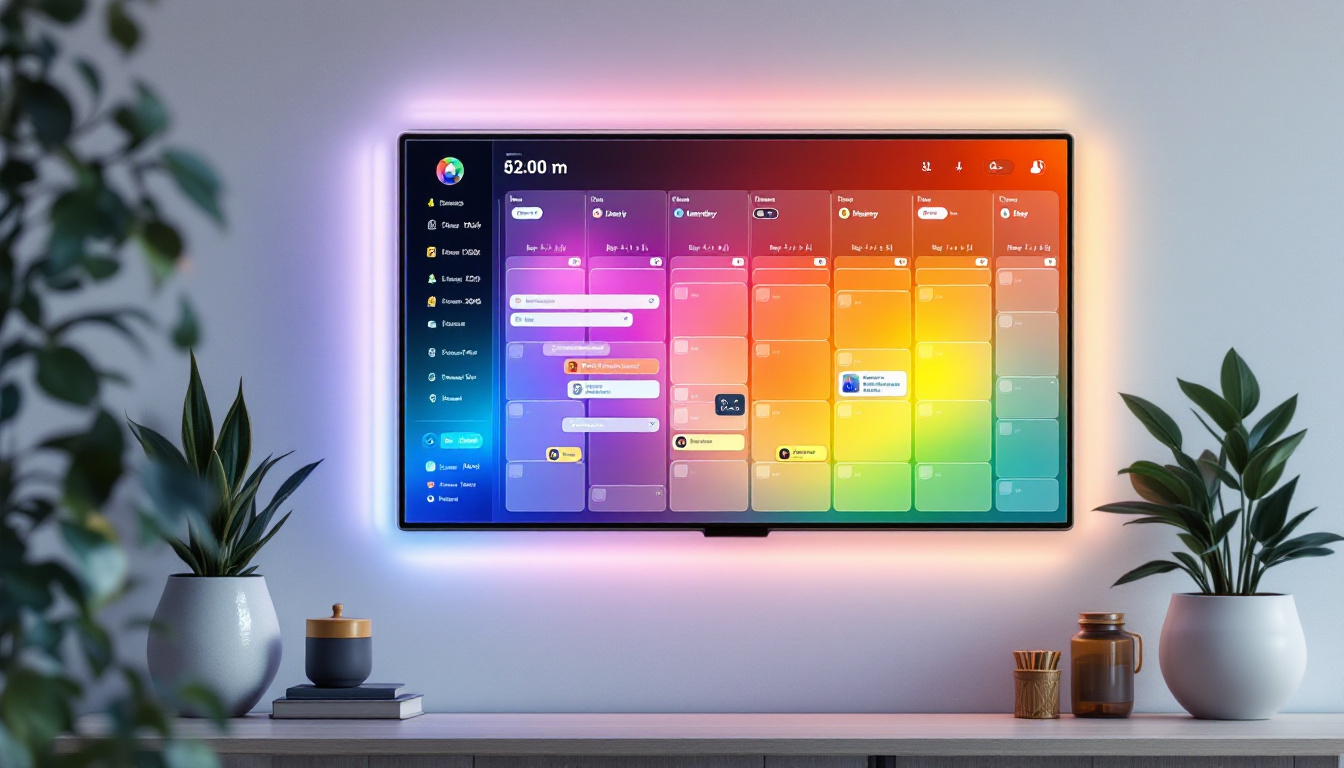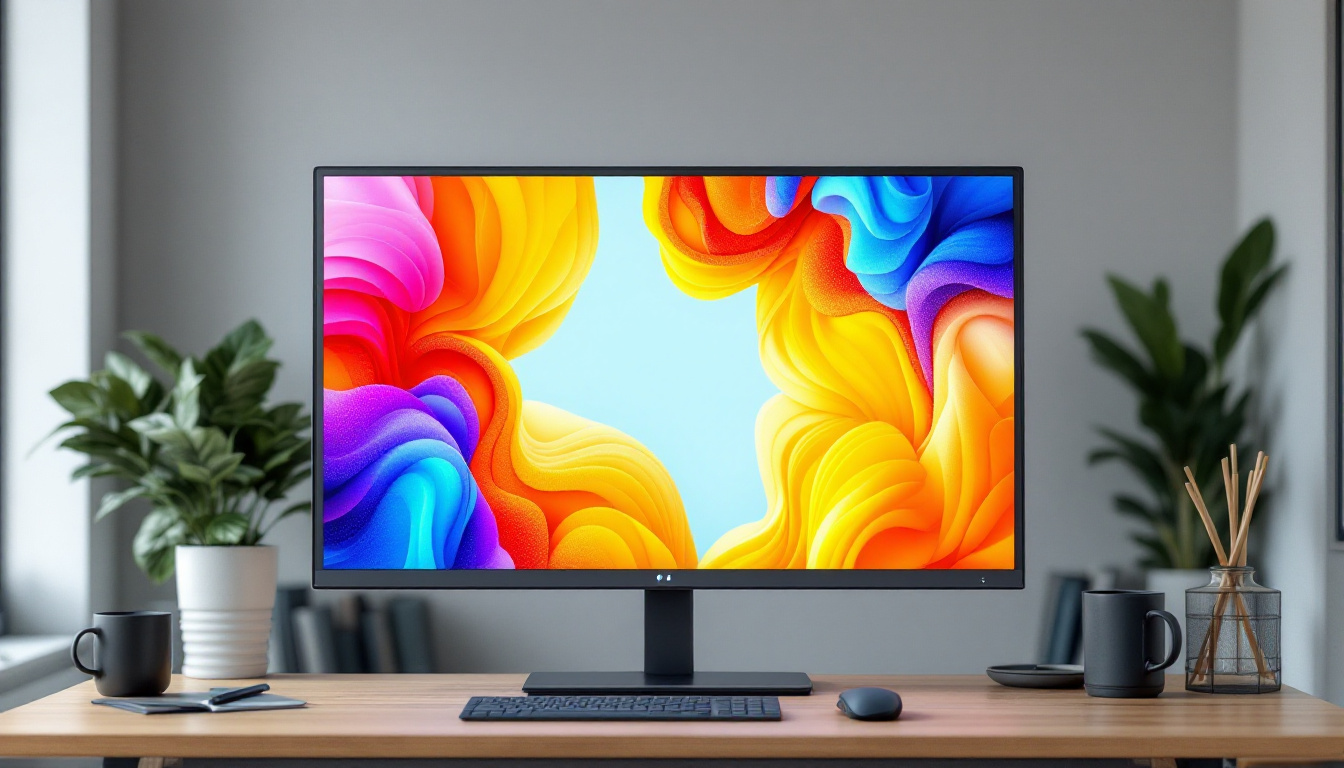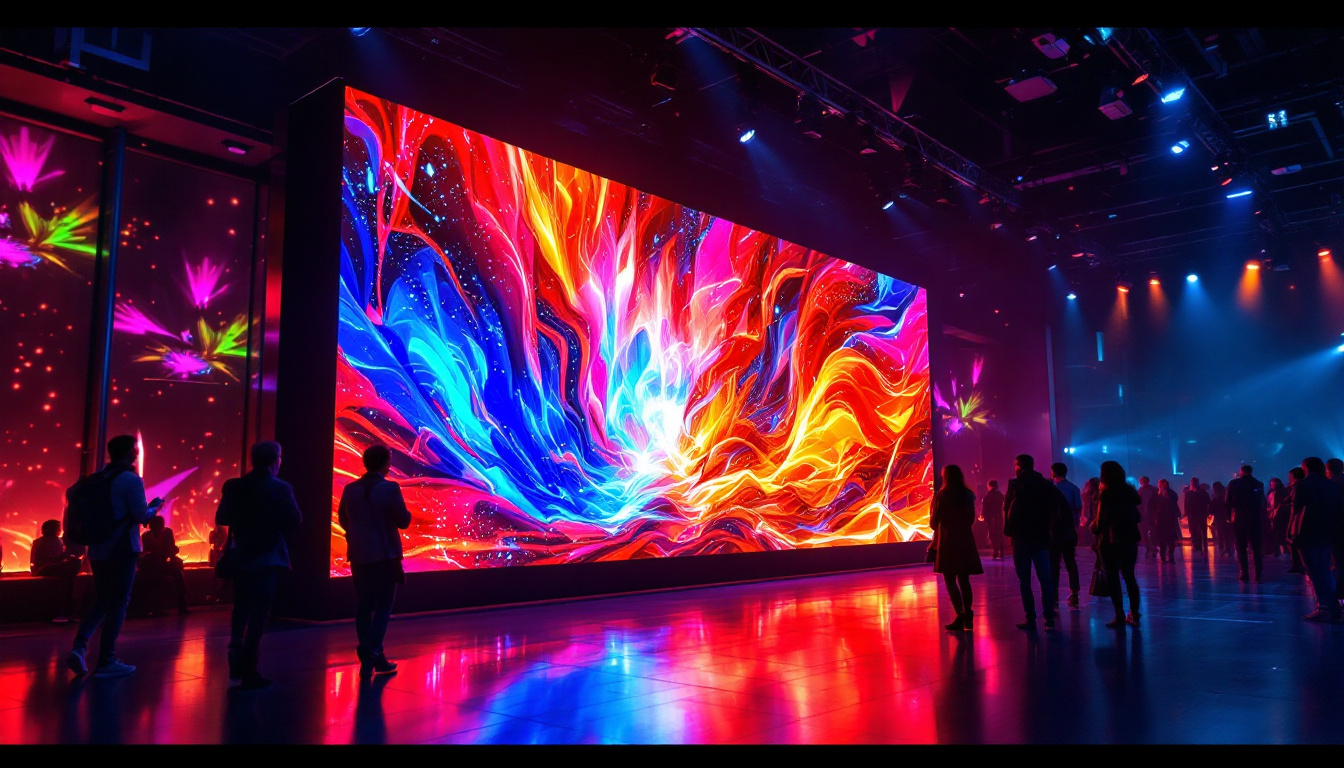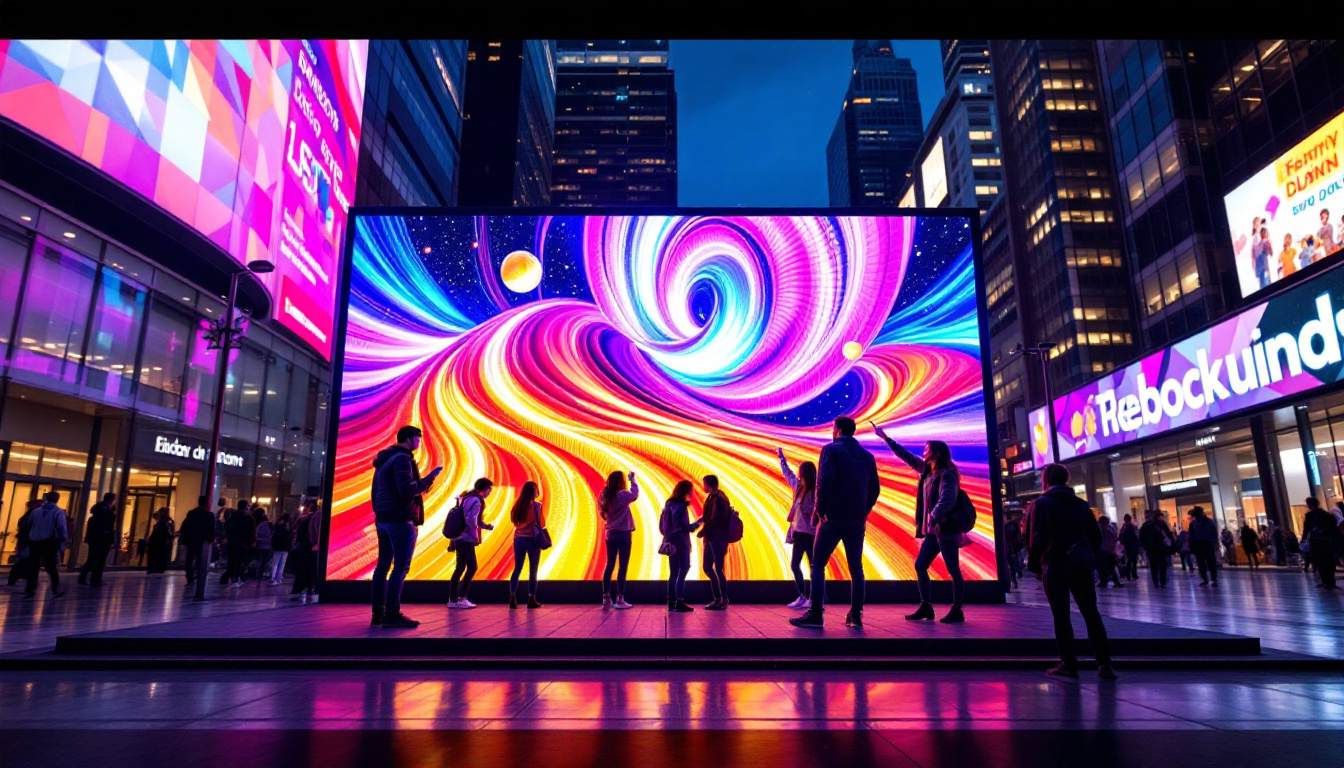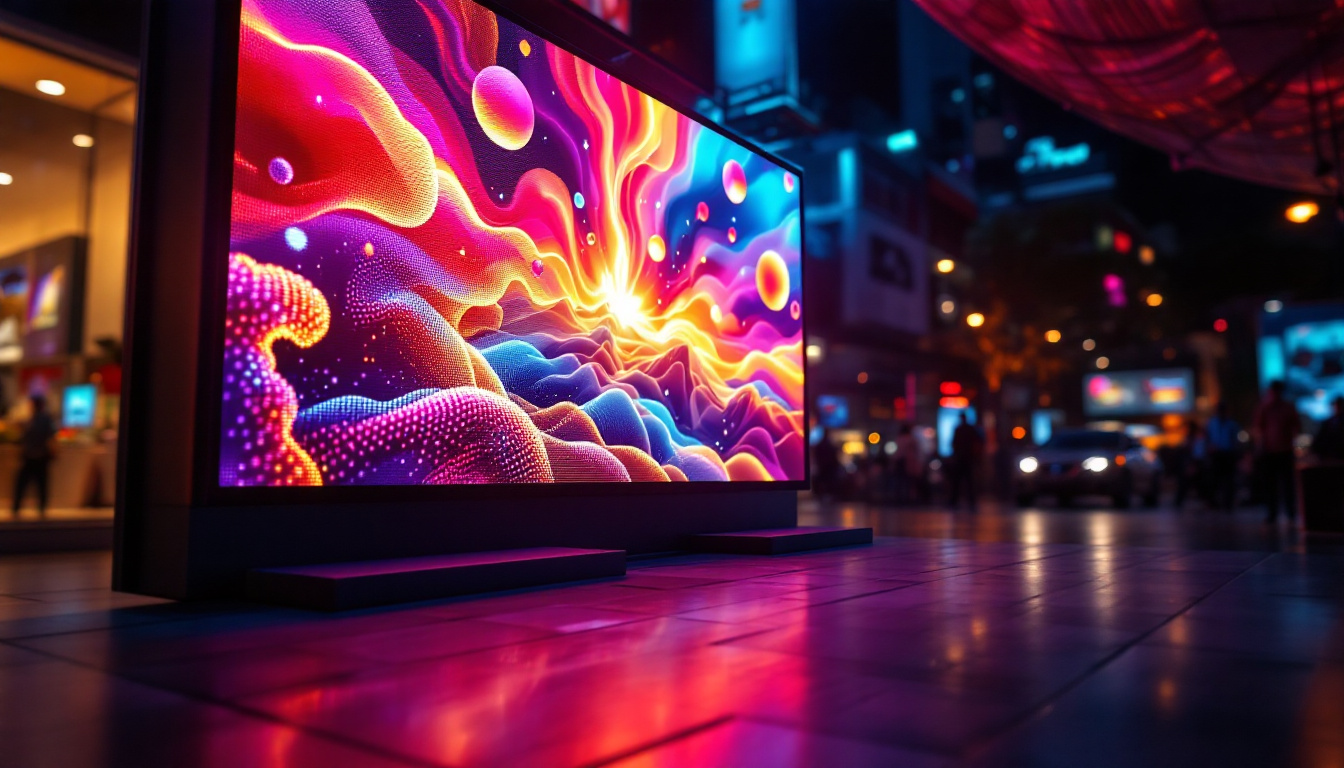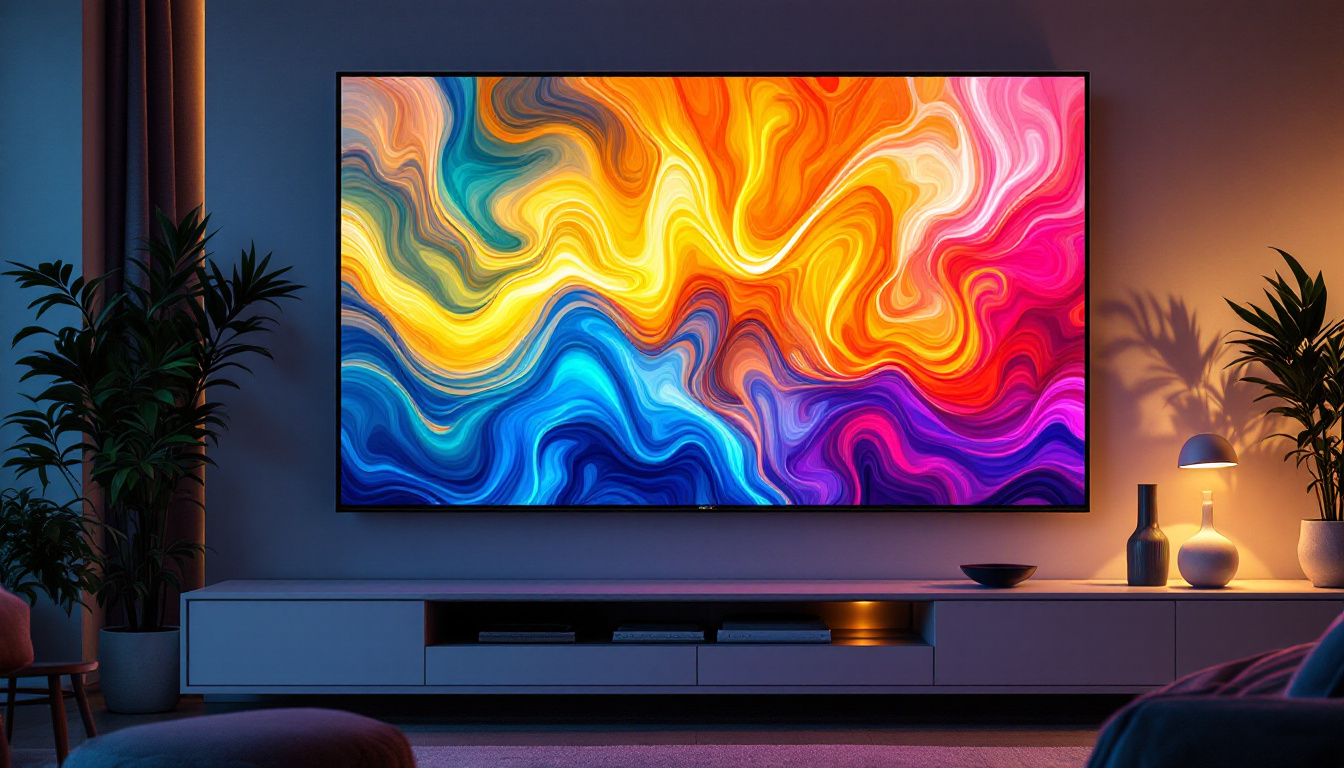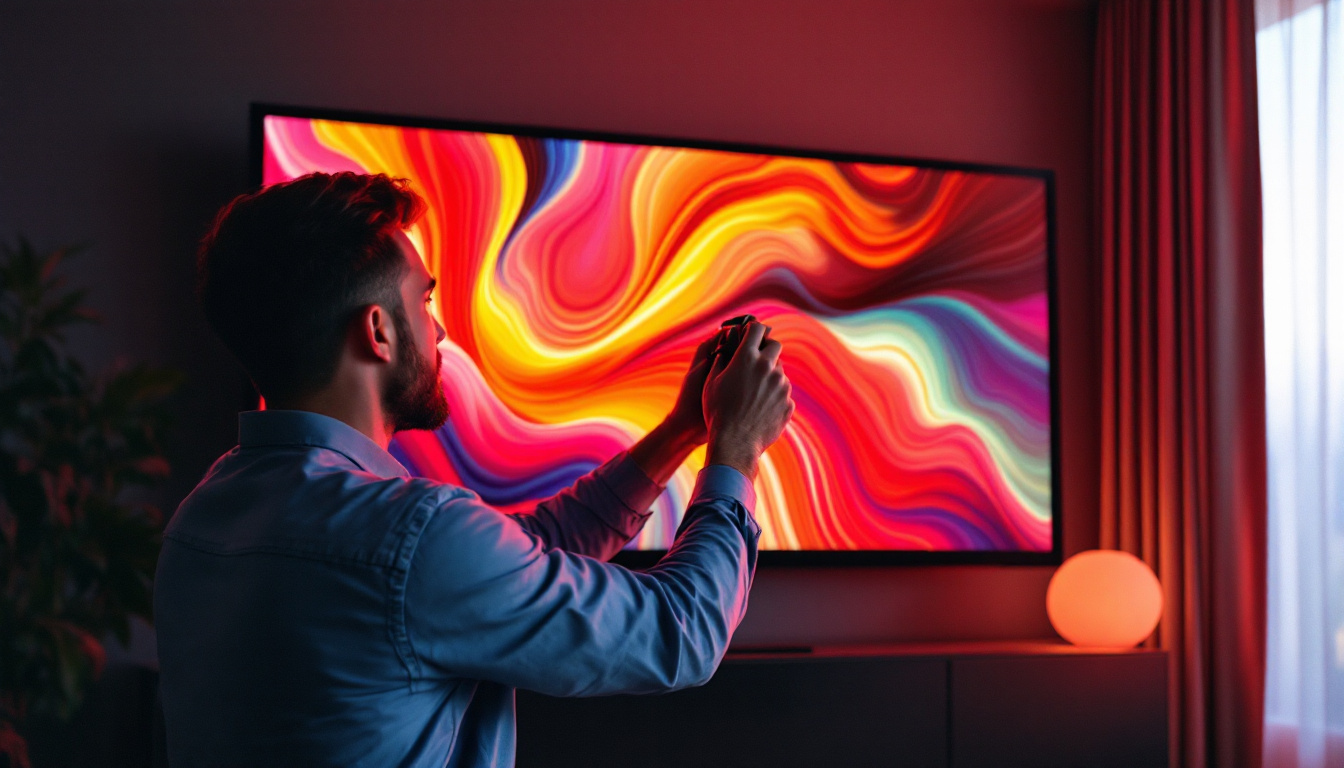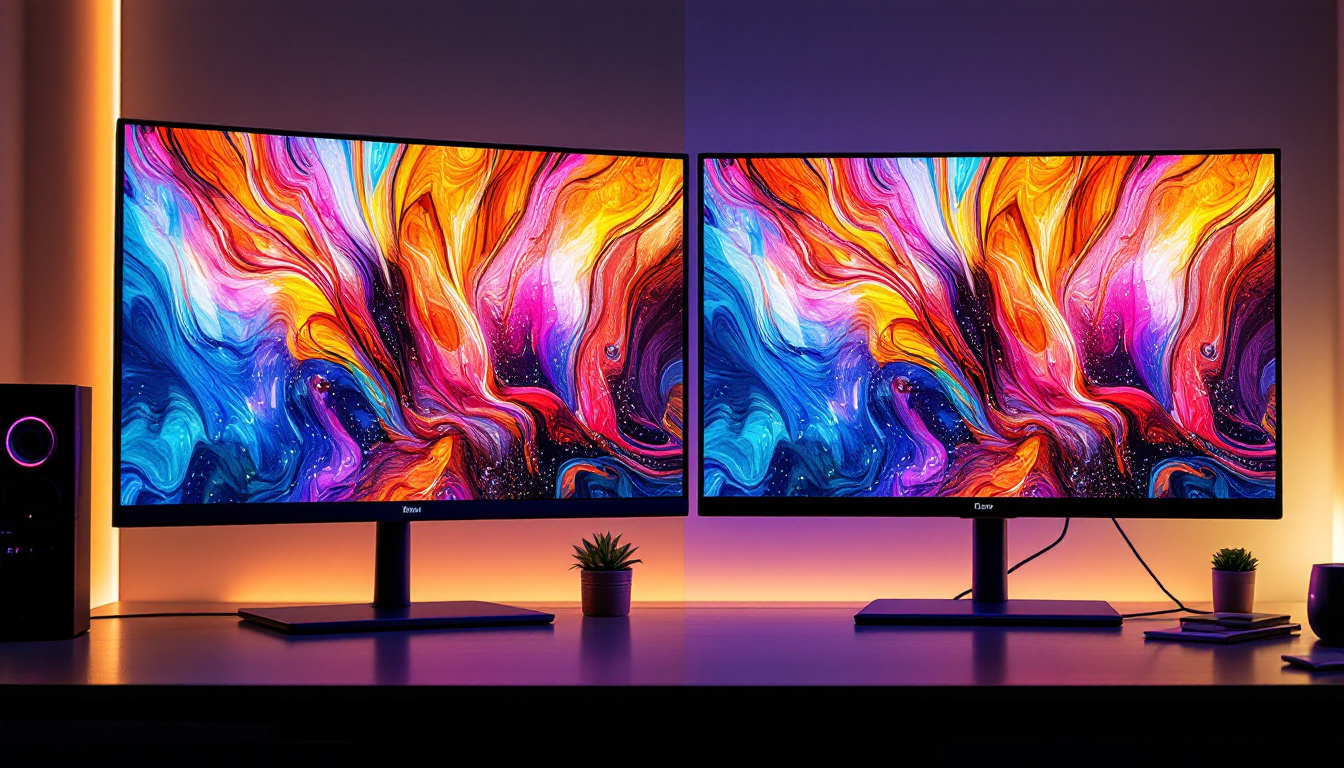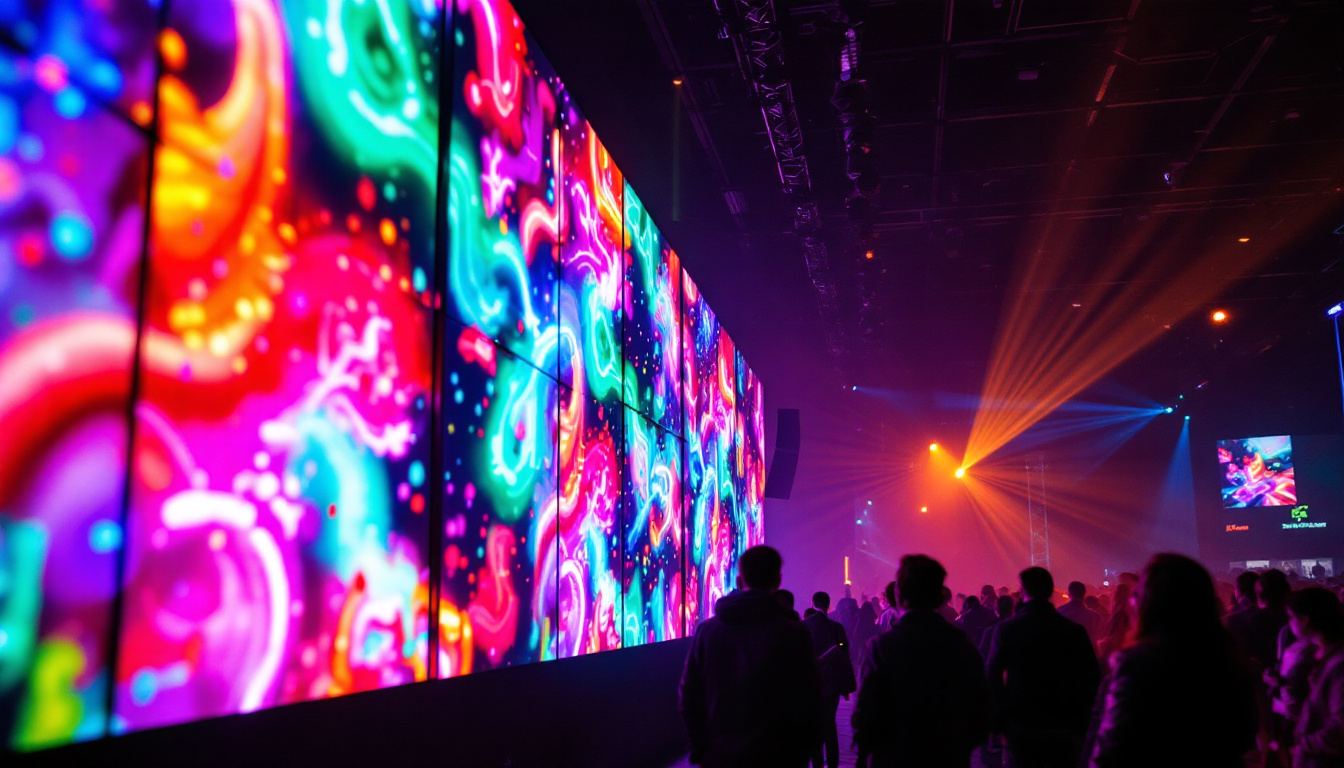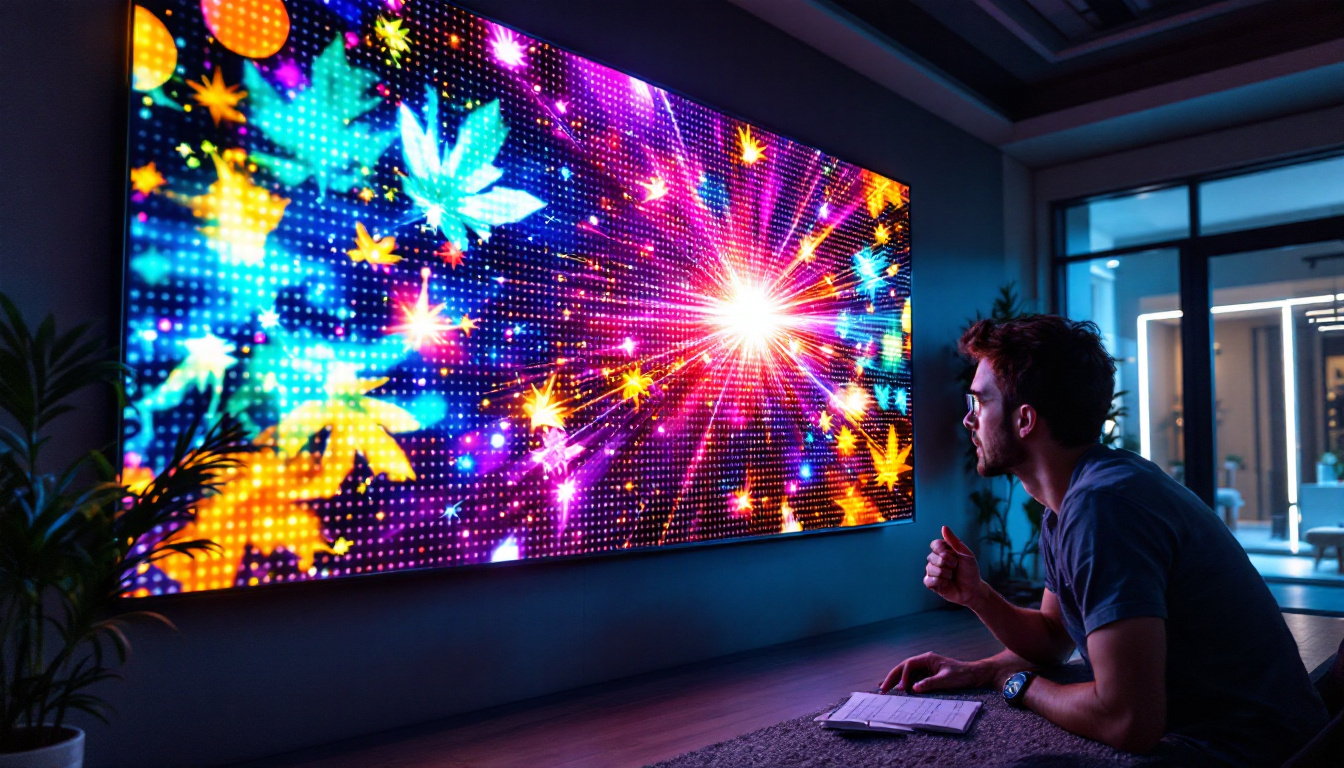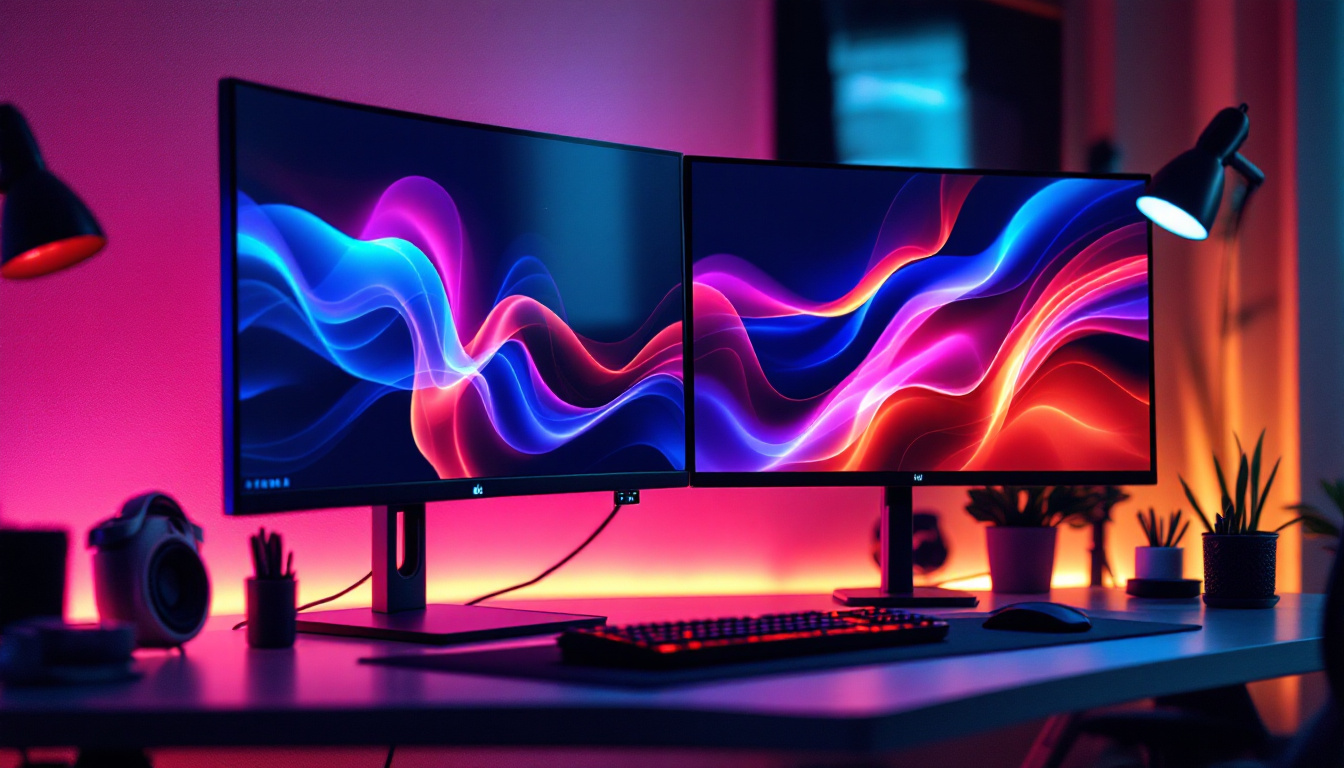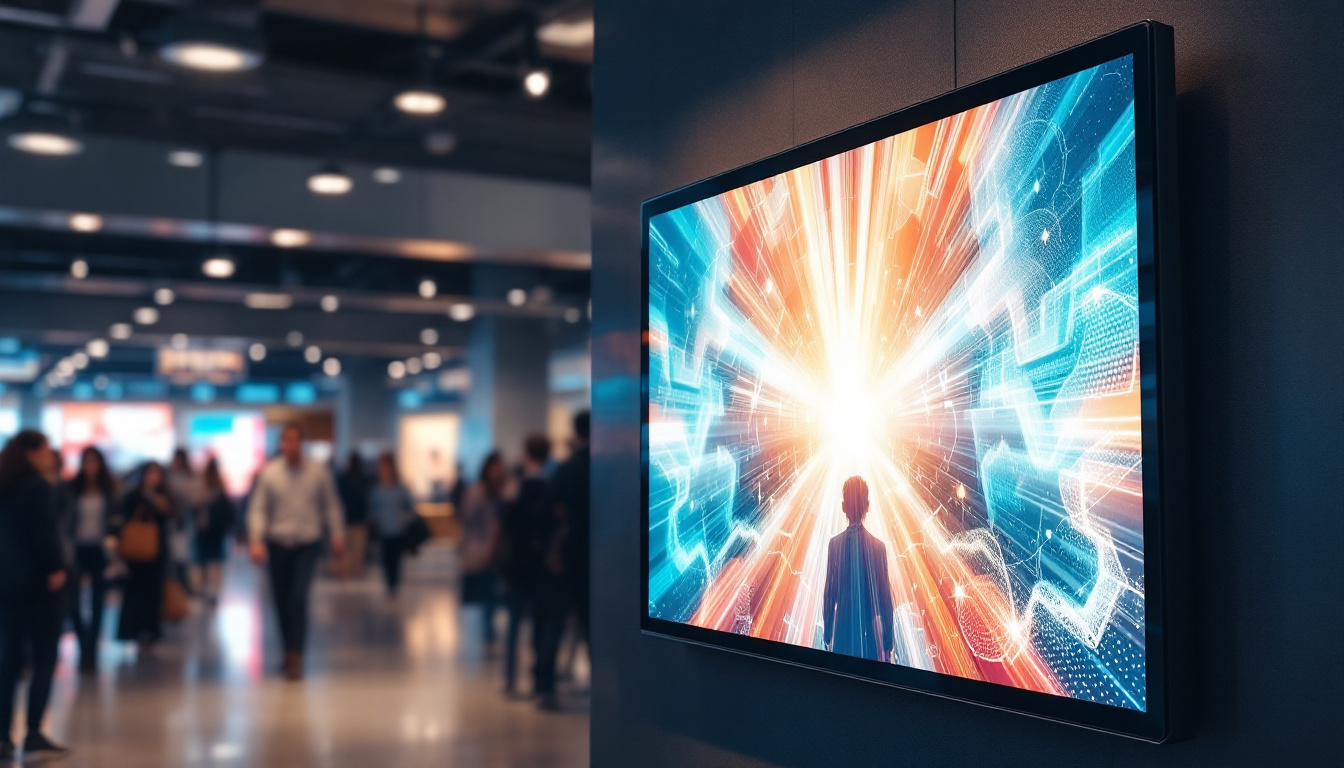In today’s fast-paced digital world, the integration of touch screens and LED displays has revolutionized how we interact with technology. These innovations have transformed everything from smartphones to large-scale digital signage, providing users with intuitive interfaces and vibrant visuals. This article delves into the intricacies of touch screening technology and LED displays, exploring their functionalities, applications, and the future of these technologies.
Understanding Touch Screening Technology
Touch screening technology allows users to interact directly with a display by touching it. This interaction can take various forms, including tapping, swiping, and pinching. The technology behind touch screens has evolved significantly since its inception, leading to more responsive and accurate devices. The integration of touch screens into everyday technology has transformed how we engage with information, making it more intuitive and accessible. From smartphones to kiosks in public spaces, touch screens have become ubiquitous, enhancing user experiences across various platforms.
Types of Touch Screens
There are primarily four types of touch screen technologies: resistive, capacitive, infrared, and optical. Each type has its unique characteristics and applications. Understanding these differences is crucial for selecting the right technology for specific use cases, whether for consumer electronics, industrial machinery, or interactive displays in educational settings.
Resistive touch screens consist of two flexible layers separated by a small gap. When pressure is applied, the layers touch, registering the input. This type is known for its durability and can be used with gloves or styluses, making it ideal for industrial applications. Additionally, resistive screens are often more cost-effective, which can be a significant advantage in budget-sensitive projects. Their ability to function in harsh environments, such as outdoor settings or medical facilities, further solidifies their place in the market.
Capacitive touch screens, on the other hand, use the electrical properties of the human body to detect touch. They are more sensitive and provide a smoother user experience, making them the preferred choice for smartphones and tablets. The multi-touch capability of capacitive screens allows for advanced gestures, such as pinch-to-zoom, which has become a standard feature in modern applications. As technology advances, capacitive screens continue to improve in terms of responsiveness and clarity, often incorporating features like anti-glare coatings and enhanced durability to withstand everyday wear and tear.
How Touch Screens Work
The operation of touch screens relies on various technologies, but the fundamental principle is the detection of touch input. In capacitive screens, an electrostatic field is created over the screen surface. When a finger approaches, it disrupts this field, allowing the device to pinpoint the location of the touch. This rapid detection enables seamless interactions, making it possible for users to navigate complex interfaces with ease. The precision of capacitive technology has also led to innovations in gaming and virtual reality, where accurate touch responses are critical for immersive experiences.
Resistive screens work differently, as they require pressure to register input. When a user presses down, the top layer makes contact with the bottom layer, completing a circuit that the device interprets as a touch event. This method, while less sensitive than capacitive technology, allows for precise control, particularly in applications requiring fine detail, such as drawing or design software. Furthermore, resistive touch screens can be manufactured to be more affordable, making them a popular choice for educational tools and low-cost devices. As touch technology continues to evolve, hybrid models that combine the strengths of both resistive and capacitive screens are emerging, promising even greater versatility and functionality in user interfaces.
LED Displays: A Bright Future
Light Emitting Diode (LED) displays have become increasingly popular due to their energy efficiency and vibrant color reproduction. Unlike traditional LCD screens that rely on backlighting, LED displays use individual diodes to produce light, resulting in deeper blacks and brighter colors.
Advantages of LED Technology
One of the most significant advantages of LED displays is their energy efficiency. They consume less power compared to traditional displays, making them an environmentally friendly option. Additionally, LED displays have a longer lifespan, often lasting up to 100,000 hours, which reduces the need for frequent replacements.
Moreover, LED technology allows for thinner and lighter displays, making them ideal for various applications, from televisions to large outdoor billboards. The flexibility in design also enables manufacturers to create curved or flexible screens, pushing the boundaries of display technology. This adaptability is not just a matter of aesthetics; it also enhances user experience by allowing screens to fit seamlessly into diverse environments, whether in a cozy living room or a bustling urban landscape.
Applications of LED Displays
LED displays are ubiquitous in modern society, finding applications in various sectors. In retail, they are used for advertising and promotions, capturing the attention of potential customers with vibrant visuals. In transportation, LED displays provide real-time information, enhancing the travel experience. For instance, digital signage at airports and train stations not only informs passengers about schedules but can also display emergency announcements, ensuring safety and efficiency.
Furthermore, in the entertainment industry, LED screens are integral to concerts and events, delivering stunning visuals that enhance performances. The versatility of LED technology has made it a staple in broadcasting, sports arenas, and even art installations. Artists are now experimenting with LED displays to create immersive experiences that engage audiences in new and exciting ways. From interactive exhibits in museums to dazzling light shows at festivals, the potential of LED technology to transform visual storytelling is virtually limitless, paving the way for a new era of creativity and innovation in visual arts.
The Synergy of Touch Screening and LED Displays
The combination of touch screening technology and LED displays has opened up new possibilities for user interaction. This synergy is evident in various applications, from interactive kiosks to smart home devices.
Interactive Kiosks
Interactive kiosks equipped with touch screens and LED displays provide users with an engaging experience. These kiosks can be found in shopping malls, airports, and museums, offering information and services at the touch of a finger. The bright LED displays attract attention, while the touch functionality allows for easy navigation.
For instance, in a museum setting, an interactive kiosk can provide detailed information about exhibits, allowing visitors to explore at their own pace. The combination of visual appeal and user-friendly interaction enhances the overall experience.
Smart Home Devices
In the realm of smart home technology, touch screens paired with LED displays have become increasingly common. Devices such as smart thermostats, security systems, and home assistants utilize this combination to provide intuitive controls and real-time feedback.
For example, a smart thermostat with an LED display can show the current temperature and allow users to adjust settings with a simple touch. This integration not only simplifies home management but also contributes to energy efficiency.
Challenges and Considerations
While the advancements in touch screening and LED display technologies are impressive, several challenges remain. Issues such as screen durability, glare, and sensitivity can affect user experience and device performance.
Durability and Maintenance
Touch screens, particularly those in high-traffic areas, are susceptible to wear and tear. Scratches, cracks, and general degradation can hinder functionality. Manufacturers are continually working on improving the durability of touch screens through the use of tougher materials and protective coatings.
Similarly, LED displays, especially those used outdoors, must withstand various environmental conditions. Ensuring that these displays are weather-resistant and can maintain performance in extreme temperatures is crucial for longevity and reliability.
Glare and Visibility Issues
Glare can be a significant issue for both touch screens and LED displays, particularly in bright environments. Users may struggle to see the screen clearly, leading to frustration and decreased usability. Anti-glare coatings and specialized screen treatments are being developed to mitigate these issues, ensuring that displays remain visible in various lighting conditions.
The Future of Touch Screening and LED Displays
The future of touch screening and LED display technology looks promising, with ongoing innovations poised to enhance user experience further. As technology continues to evolve, several trends are emerging that may shape the landscape of these technologies.
Advancements in Touch Technology
Future touch technologies may include advancements such as haptic feedback, which provides tactile sensations in response to touch inputs. This development could enhance the user experience by making interactions feel more realistic and engaging.
Furthermore, touch screens may become more integrated with artificial intelligence, allowing for more intuitive interactions. Imagine a touch screen that learns user preferences and adapts its interface accordingly, making it even easier to navigate.
Innovative LED Display Designs
In terms of LED displays, the future may see even more innovative designs, such as transparent displays or displays that can be embedded in various surfaces. This could lead to new applications in advertising, architecture, and consumer electronics.
Additionally, advancements in microLED technology promise to deliver even higher resolutions and better color accuracy, pushing the boundaries of what is possible with display technology.
Conclusion
The integration of touch screening technology with LED displays has transformed the way users interact with devices and information. As these technologies continue to evolve, they promise to enhance user experiences across various applications, from personal devices to large-scale installations.
Understanding the intricacies of these technologies is essential for both consumers and businesses looking to leverage their capabilities. As advancements continue to emerge, staying informed about the latest trends and innovations will be crucial in navigating the ever-changing landscape of touch screening and LED displays.
Explore Cutting-Edge LED Display Solutions
Ready to elevate your visual experience with the latest in touch screening and LED display technology? Look no further than LumenMatrix, a pioneer in crafting immersive LED displays that bring your content to life. From vibrant Indoor and Outdoor LED Wall Displays to innovative solutions like Vehicle LED Displays, LED Posters, and even Custom LED Displays, LumenMatrix offers a wide array of options to meet your unique needs. Discover how our LED Sports Displays, Floor LEDs, All-in-One, and Transparent LED Displays can transform your space and captivate your audience. Embrace the future of visual communication with LumenMatrix and make a lasting impression. Check out LumenMatrix LED Display Solutions today and see your vision become a brilliant reality.



